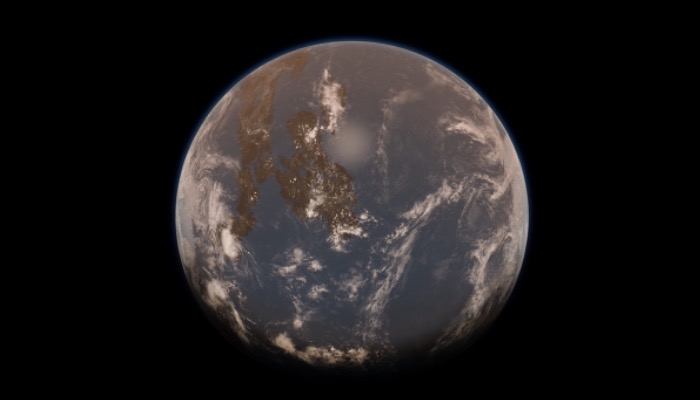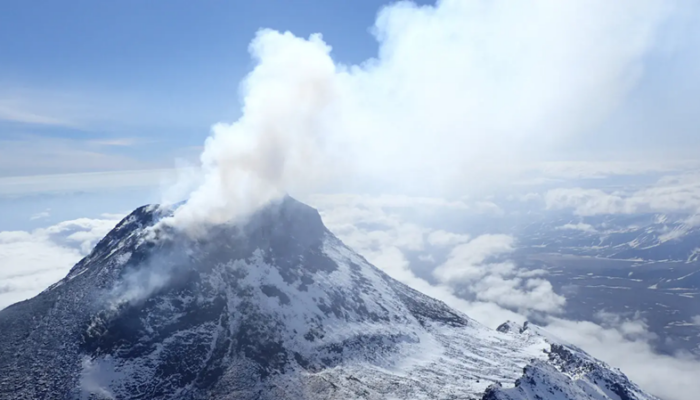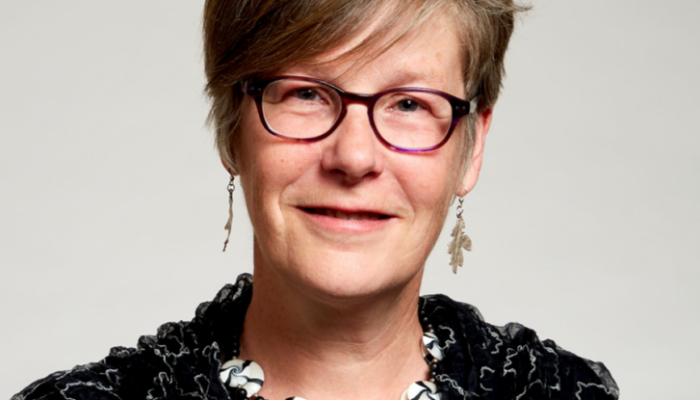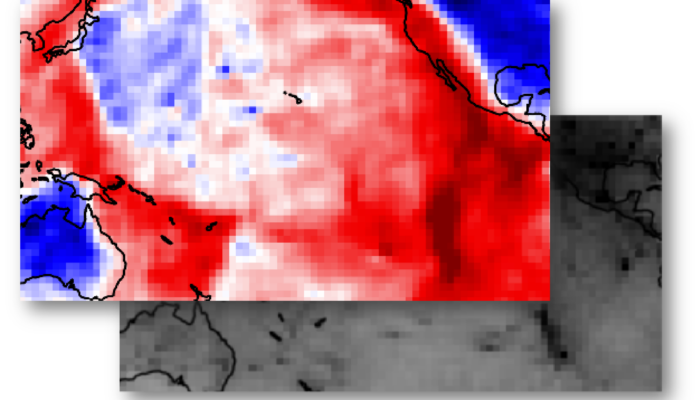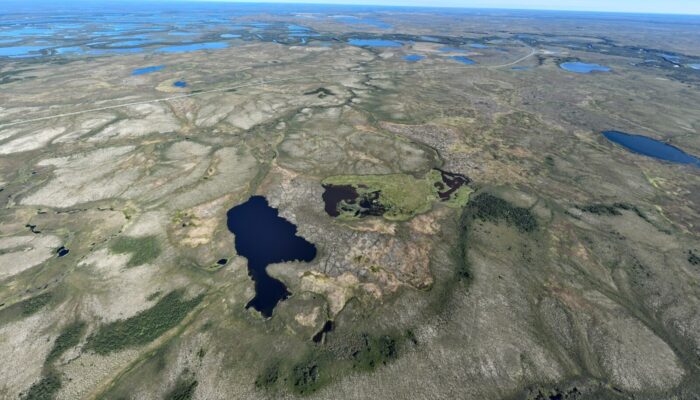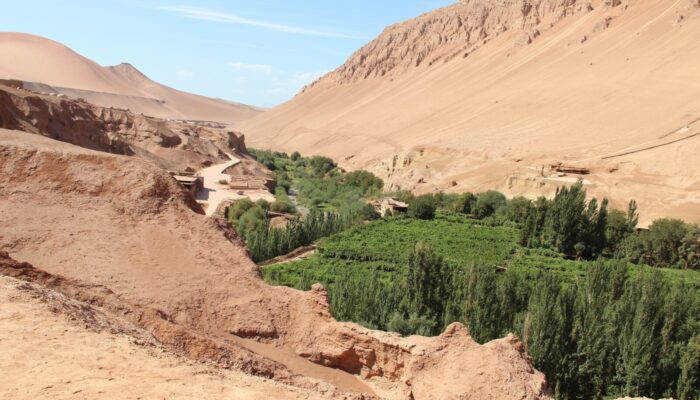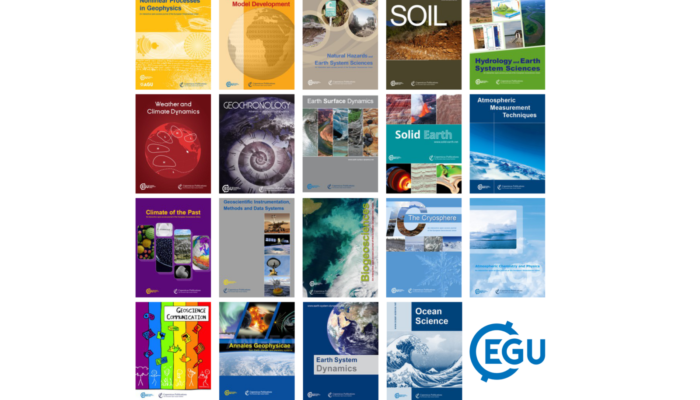Have you ever thought about convening an EGU session instead of just attending them? Until September 9th you have the chance to do just that for the 2025 General Assembly, which will be taking place from April 27 to May 2 in Vienna, Austria. Convening a session can sound a bit intimidating, especially if you’ve never done it before or if you are an early career scientist. However, it’s an i ...[Read More]
If you didn't find what you was looking for try searching again.
Geodynamics
Modeling the Early Earth: Idealization and its Aims I
The question of how we came to be is closely tied with how the Earth became what it now is. What was the early Earth like? How did it evolve to become a habitable world? Given a fragmentary rock record, how can we investigate the early Earth and its evolution? Dr. Junjie Dong from Caltech writes about modeling the early Earth in a two-part blog. For the first part, he introduces the approach to e ...[Read More]
Cryospheric Sciences
Cryobook review: The Quickening
Even before its publication, my partner stumbled over the book The Quickening by Elizabeth Rush on Twitter and send it to me. In this book, Rush describes her journey to Thwaites Glacier and – as I was very curious about it – I bought it immediately after its release. It is not only documentary work about the journey, but also a meditation on responsibility, motherhood and life in a world of chang ...[Read More]
Geochemistry, Mineralogy, Petrology & Volcanology
Volcanism, anthropogenic carbon dioxide emissions, and mass extinctions
Only a very small fraction of the energy produced by nuclear fusion in the Sun (3.82 x 1023 kW) reaches the top of the Earth’s atmosphere (1.7 x 1014 kW), and then only about 50% of it reaches the Earth surface, where it is absorbed by the oceans and land. This energy is radiated back as longwave infrared radiation, which is partially absorbed and after reradiated downward to the surface by the gr ...[Read More]
GeoLog
Lights, Camera, Abstract!: Your guide to creating a top-notch video abstract
Have you ever considered creating a video abstract but didn’t know where to begin or felt you lacked the skills to produce something of the quality you envisioned? Join me today as I welcome EGU’s editorial manager, Eduardo Queiroz Alves, who will address common questions and guide you through the process. Hello, Eduardo! Thank you so much for joining me to discuss creating a video abstract. ...[Read More]
GeoLog
Meet Marian Holness, EGU’s new Vice President
Congratulations, Marian, on your new role as EGU’s Vice-President! Can you tell us a little bit about yourself? I am a petrologist, currently working on problems related to the physical and chemical processes that occur during the solidification of magma. I have been a member of the Department of Earth Sciences, and a fellow of Trinity College, at the University of Cambridge for most of my career. ...[Read More]
Geodynamics
The uncertain tomographic lenses
Geodynamicists often try to answer scientific questions related to the Earth interior, but direct observations of such depths are rather limited–unless you are character in a Jules Verne’s novel or a prominent scientist in the movie The Core–. A way to deal with this issue is to rely on indirect methods, with seismic tomography being one of the most widely used by geoscientists. Howeve ...[Read More]
Cryospheric Sciences
Climate Change & Cryosphere – Can the smallest ice make the greatest impact?
The cryosphere comprises all the ice on Earth, from glaciers in Antarctica, icebergs floating in the ocean, to millimetric ice found in the soils. Soil can hold ice wedges and ice lenses, but there are small ice reservoirs that are usually overlooked: the pore ice. Pore ice is an unknown compartment whose role regarding matter degradation is yet to be determined… stay with us and you will see that ...[Read More]
GeoLog
Can our oases outlast the dry spell of desertification?
Ever wondered how fast our planet is losing its footing? Imagine this: every time you blink, four football fields’ worth of fertile soil vanish into thin air. According to the UN, that’s a mind-boggling 100 million hectares gobbled up by land degradation each year! But when this happens in dry regions, it morphs into something even more sinister: desertification. Karina Lima, a climate ...[Read More]
GeoLog
GeoRoundup: the highlights of EGU Journals published during June!
Each month we feature specific Divisions of EGU and during the monthly GeoRoundup we put the journals that publish science from those Divisions at the top of the Highlights roundup. For February, the Divisions we are featuring are: Geomorphology (GM) and Ocean Sciences (OS). They are served by the journals: Ocean Science (OS), Earth Surface Dynamics (ESurf), Solid Earth (SE) and Geoscientific Mode ...[Read More]


